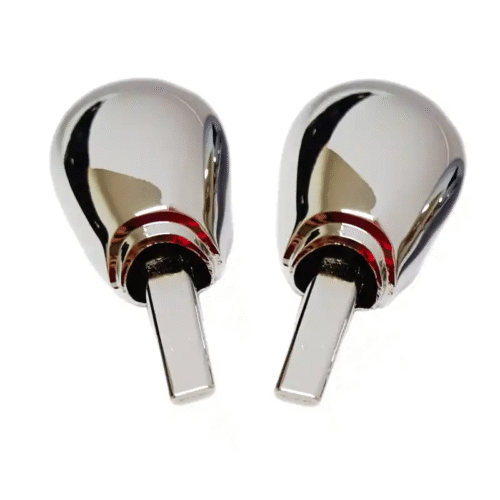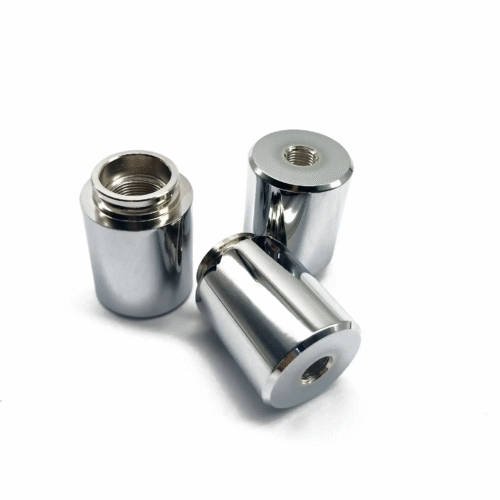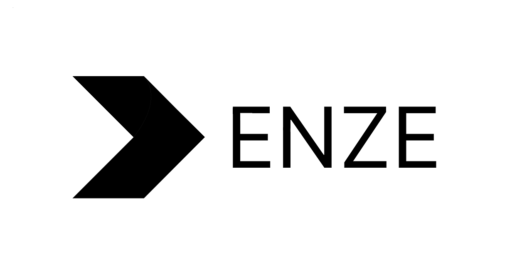Our Location
Chrome plating is commonly utilized in various industries, including manufacturing, production, and consumer goods, because of its versatility. When applied to metal parts and products, it provides a protective coating while also giving them a glossy finish, which enhances their visual appeal. Chrome plating serves multiple purposes, whether for decorative reasons or to improve the functionality of machine components.
When the once resilient and attractive coating becomes damaged and unsightly due to wear and tear, or when there is a need to re-chrome a metal surface, it is necessary to remove the existing chrome plating from the metal object. There are several methods available for removing the chrome layer, and the best option will depend on the type of metal and the amount of chrome that needs to be removed.
To gain a better understanding of chrome plating, we will examine what chrome plating is, how it operates, the differences between its two types—hard chrome plating and decorative chrome plating—and methods for removing chrome plating in various ways.

Table of Contents
ToggleThe electroplating of chromium onto conductive surfaces demands an electrolytic solution that contains chromium ions. In many plating processes, the metal source serves as the anode in the electrolytic cell. However, chromium plating is most effective when performed directly from an ionic solution of chrome salts.
The chromium ions are drawn into the cathode, which is the object being plated, due to the electric field produced by the voltage between the terminals.
At the cathode surface, a deionization effect releases the chromium atom, which then deposits onto the surface during a crystalline process. This results in a plated surface that accurately replicates the underlying condition, amplifying any surface defects. Therefore, for the plating to achieve a mirror-like finish, the substrate must have a high polish.
The object to be plated is cleaned and rinsed to eliminate any dirt, oil, or other contaminants that could mar the finish or hinder adhesion and uniformity.
In most cases, to achieve a well-adhered and durable result, one or more layers of different metals are applied to the substrate before the Chromium layer.
To start the plating process, the degreased and polished part that needs plating is immersed in an electrolytic solution and connected as the cathode in the circuit. A carbon anode is typically used for this process. When a DC electrical current is passed through the ionic solution, Chromium atoms are deposited onto the part.
The thickness of the applied Chromium layer is controlled by adjusting the current and voltage in the cell, as well as the concentration of Chromium ions in the electrolyte.

There are two primary types of chrome plating: hard chrome plating and decorative chrome plating. Each type serves different purposes based on thickness, hardness, and outlook.
Hard chrome plating, also identified as industrial chrome plating, is thicker and more durable than decorative chrome. It is typically used for engineered components that require enhanced durability, hardness, and low friction. The thickness of hard chrome plating generally ranges from 0.02 mm to 0.04 mm.
The benefits of hard chrome plating are:
This makes it optimal for machine parts, shock absorbers, and hydraulic cylinders where durability and longevity are essential.
Decorative chrome, also known as bright chrome plating, is generally thinner, measuring between 0.002 mm and 0.02 mm in thickness. This type of chrome is applied to various items for aesthetic purposes, including car rims, bathroom fixtures, and kitchenware.
While decorative chrome improves the visual appeal of products, it offers less protection than hard chrome. Nevertheless, it remains highly popular in consumer goods due to its combination of beauty and moderate corrosion resistance.
As mentioned before, Chrome plating is an electroplating process that involves electrically depositing a layer of metal onto a metal surface. Due to its electroplating nature, chrome plating requires the application of an electrical charge.
In this process, the manufacturer applies an electrical charge to a container filled with chromium trioxide, also known as chromium anhydride. This electrical charge initiates a chemical reaction that causes the chromium to adhere to the workpiece or object. In some cases, additional steps such as finishing and polishing may be necessary. This description simplifies the complexity of the chrome plating procedures.
While chrome plating provides significant advantages, there are circumstances where its removal is necessary:

Chrome plating is primarily used as a protective layer that provides corrosion resistance and enhances the durability of chrome-plated metals. However, over time, the chrome coating can become damaged due to wear and tear, just like other surface finishes. This may necessitate the removal of chrome plating from plastics or metals.
A variety of methods are available for removing or stripping the chrome plating from the substrate. Let’s examine each method in detail.
Specialized machines are available for efficiently removing chrome from various materials. One significant benefit of using these machines is their versatility, as they can be employed on both plastics and metals. This contrasts with chemical solutions, which often have disadvantages regarding the types of materials they can effectively work with.
Abrasive blasting, commonly known as sandblasting, is a technique that uses small, fine particles to abrade chrome materials. The primary tool for this process is an abrasive blaster, which is typically found in auto shops. This equipment employs a high-pressure stream of abrasive particles to remove the chrome coating, exposing the underlying metal surface while preventing damage.
During the abrasive blasting process, it is vital to take necessary precautions and wear suitable protective gear, such as goggles and masks. This is important because the process can release acceptable debris and dust into the air, which can be irritating and toxic if it comes into contact with the eyes and lungs.
Ultrasonic cleaners simplify the chrome removal process, making it more convenient. These cleaners utilize high-frequency sound waves to remove dirt, grime, and other deposits from surfaces. They are commonly used for cleaning delicate electronic parts and jewelry.
Ultrasonic cleaners are effective for removing chrome plating by applying high-frequency vibrations to the chromium particles. This process causes the chromium to detach from the metal surface, leading to the flaking off of the chrome layer. However, ultrasonic cleaners have a limited size, which restricts their use to relatively smaller objects.
To start the chrome plating process, an electric current induces chemical reactions. On the other hand, chrome plating can be removed using specific chemical solutions. This chemical method is a more cost-effective option for removing chrome plating compared to using specialized machinery. However, it is important to exercise extreme caution when handling these chemicals because of their toxic nature. Wearing appropriate protective gear, especially gloves, is vital for safety.
Hydrochloric acid, also identified as muriatic acid, is a powerful and corrosive substance. Its strong corrosive properties make it effective for removing chrome from metal surfaces. For the best results, a solution with a concentration of 30-40% hydrochloric acid is recommended for chromium removal.
Here is the process for removing chrome using hydrochloric acid:
Hydrochloric acid is well-known for its acidity, while sodium hydroxide is recognized for its alkalinity. A sodium hydroxide solution is highly basic and can effectively remove chrome plating from certain metals.
The removal process is similar to utilizing acid solutions. In this method, chrome-plated materials are immersed in a sodium hydroxide solution, which effectively strips off the chrome coating. After immersion, thoroughly cleanse the materials with soap and water, rinse them well, and let them dry completely.
It is essential to note that when working with aluminum, mixing sodium hydroxide with water to create a solution can lead to the release of hydrogen gas. This gas is highly explosive and should be avoided at all costs.
Reverse electroplating uses sulfuric acid, chromic acid, and direct current. This process can be hazardous due to the production of toxic and carcinogenic chemicals. Additionally, the presence of live electrical current poses a significant risk of electrocution. Therefore, it is advised that only professionals carry out this method.
In reverse electroplating, a mixture of acid and water is commonly used, typically in a ratio of 1:100. The final acid solution is created by combining chromic acid and sulfuric acid. This process occurs within a temperature range of 120 to 150°F. Once the optimal temperature is reached, a DC power source is used to apply a negative charge to the material. The fundamental principle behind this process is the removal of positive chrome ions from the material.
Removing chrome plating can be challenging, but with the right tools, methods, and safety precautions, you can successfully restore, refinish, or repaint any surface. For smaller projects, sandblasting or chemical stripping may be sufficient. However, for larger or more delicate jobs, it’s best to seek professional chrome removal services for safety and effectiveness.

